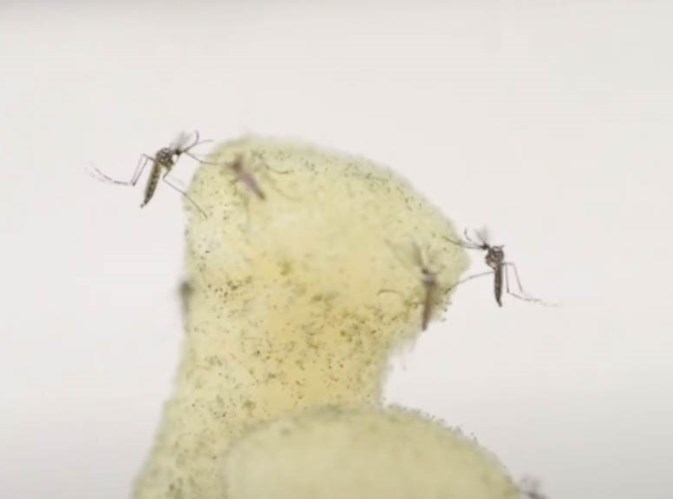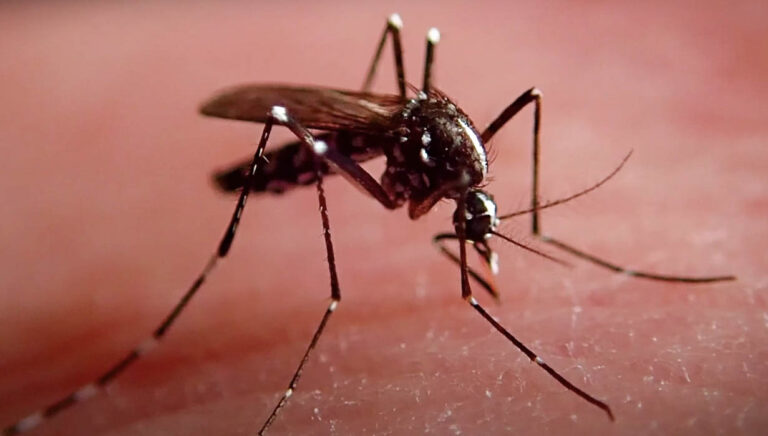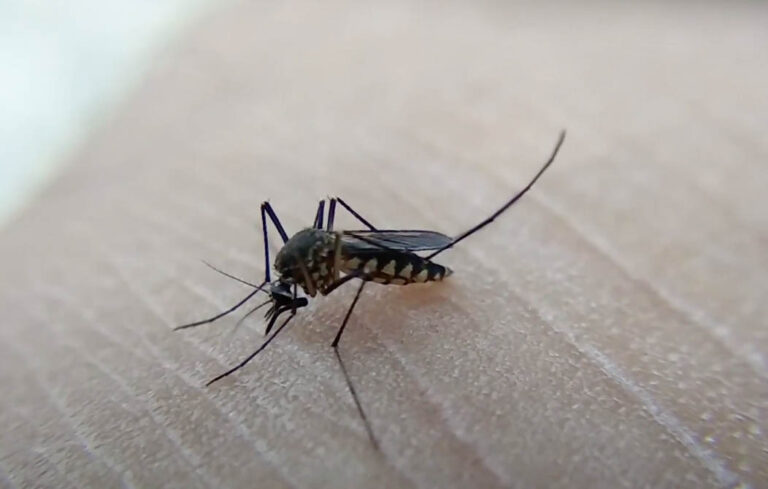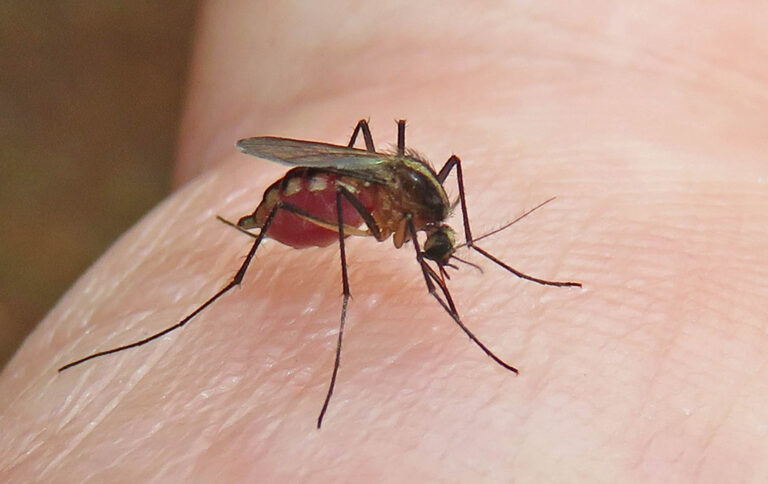About Culex Mosquitoes
About Culex Mosquitoes
Also known as house mosquitoes, Culex mosquitoes are known for the nuisance they constitute during summer as well as their public health consequences. Globally, there are over 3,000 species of Culex mosquitoes. In North America, there are about 170 species of the mosquitoes. They are known for their bites as well as the ability to spread dangerous diseases such as the West Nile Virus.
Appearance
The color of Culex mosquitoes varies. They could be grey, with green, white, silver, or iridescent blue scales. The length of the insects varies from ¼ inch to 3/8 inch. Culex mosquitoes are typically narrow and oval. The actual body shape is dependent on their recent food consumption.
Behavior
Culex mosquitoes are most active at dusk. They also maintain a high level of activity at dawn. They are blood-sucking insects and are attracted to their hosts based on factors such as their body warmth and the level of carbon dioxide they produce.
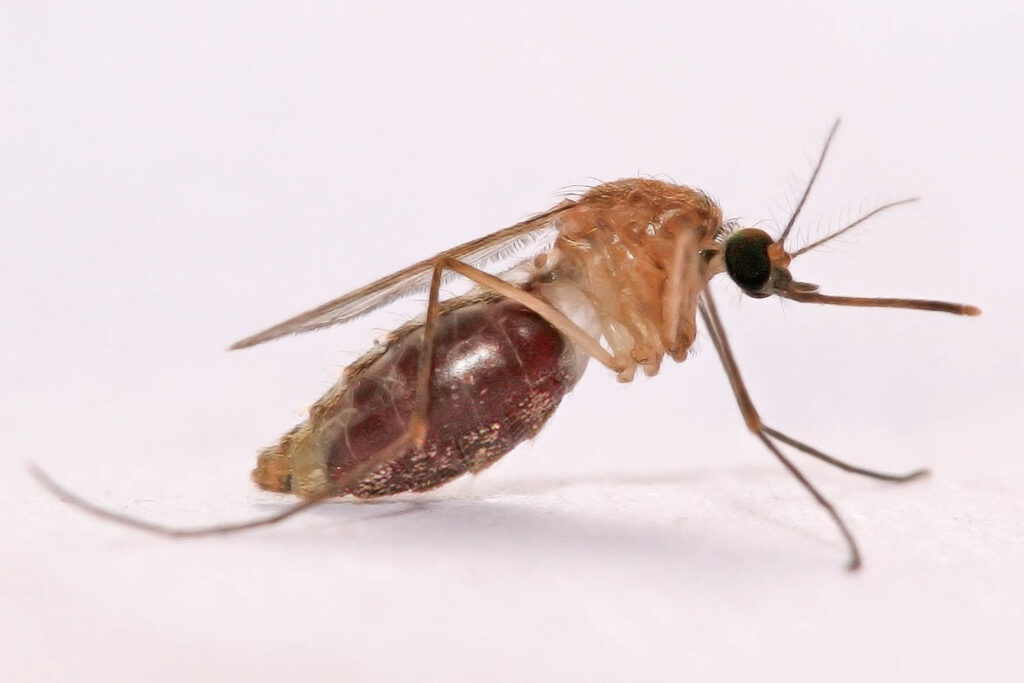
They could also choose their human hosts according to their blood type and based on the kind of naturally occurring bacteria on their skin.
Research has also indicated that perfume and the type of clothing humans wear could attract Culex mosquitoes.
The diet of Culex mosquitoes includes human blood and sources of sugar such as plant nectar. The male mosquitoes can stick to sources of sugar, especially plant material. On the other hand, the female requires a blood meal to produce mature eggs.
The mosquitoes are carriers of different diseases. Sometimes, their bites simply result in itchy welts. They could also transmit serious diseases in their bites. The diseases they transmit include the West Nile virus and different encephalitis diseases. They also spread viral diseases to birds and horses. The itchy bumps that result from Culex mosquitoes are due to the anticoagulant which they produce. The anticoagulants allow them to feed effectively while causing a reaction on the skin.
Life cycle
The life cycle of Culex mosquitoes, like other mosquitoes, has four phases: eggs, larvae, pupae, and adults. The female typically produces eggs after a blood meal. They may require a few days to completely digest their food intake after a blood meal. After the digestion of the food, they could then seek out a suitable place to lay their eggs.
It takes one to two weeks for the adult mosquito to develop out of the eggs. The actual period is dependent on factors such as the weather conditions and the general environmental conditions. It has been indicated that Culex mosquitoes thrive best in warm and densely populated environments.
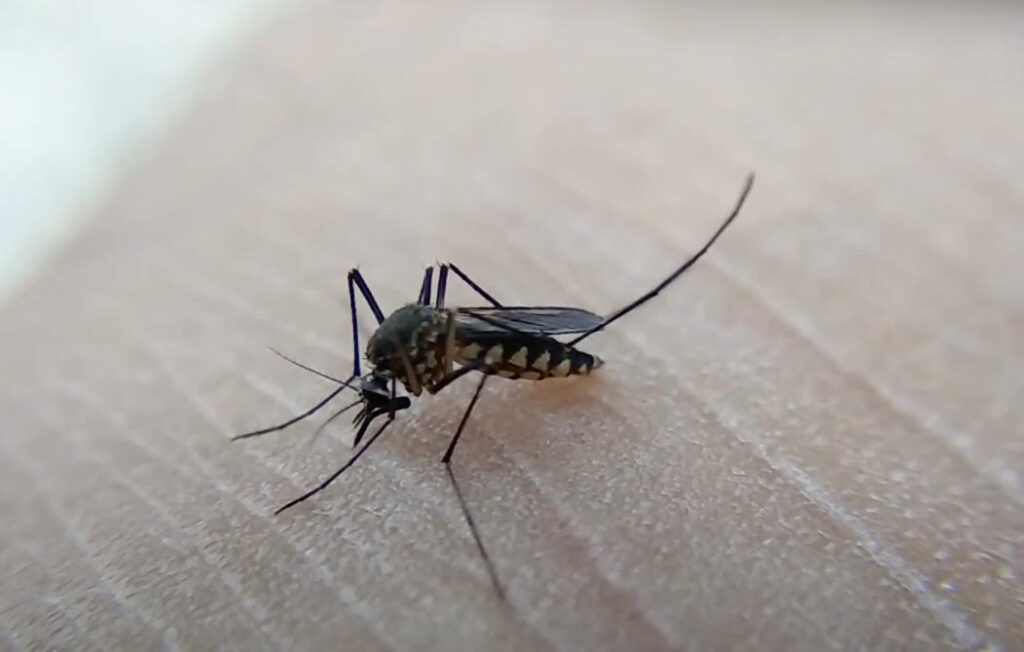
Culex mosquitoes lay eggs in all forms of stagnant water. This could include water in gutters, water in old tires, floodwater, and water in tree holes. As they have adapted to living in urban areas, Culex mosquitoes have expanded their breeding sites to include standing water such as water left in a bucket. The eggs of Culex mosquitoes are typically linked together in structures called rafts. A raft could have up to 300 Culex mosquito eggs.
The female lays eggs on the surface of water bodies. After a few days, the eggs hatch into larvae. The diet of the larva of Culex mosquitoes comprises of fungi, algae, and general microorganisms. The larva goes through several molting processes to become the pupa. The pupa of Culex mosquito typically does not feed but mostly stays close to the surface where it focuses on breathing. The adult mosquito develops out of the pupal mosquito after two to three days.
Like other mosquito species, Culex mosquitoes have a short lifespan. They also have a high rate of reproduction.
Habitat
The mosquitoes have a wide distribution globally. They are especially well established in the tropical and temperate regions. They are rarely found in the northern latitudes. Culex mosquitoes are found in indoor as well as outdoor spaces. They take blood meals from humans and other warm-blooded animals at night. They especially seek out warm and moist environments for breeding sites to establish their populations.

